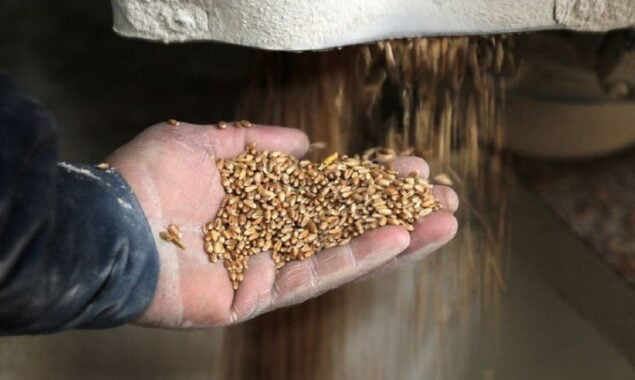Half of Gaza children need psychological support: UN agency
GAZA: More than half of the children in the Gaza Strip need...

ROME: World food prices fell s
omewhat in April after reaching a new high in March, but global food security remains a concern due to tough market conditions, according to the UN food agency.
Last month, the Food and Agriculture Organization’s (FAO) food price index, which analyses the most widely traded food commodities around the world, averaged 158.5 points, down from 159.7 in March.
The prior estimate for March was 159.3.
“The small decrease in the index is welcome relief, particularly for low-income food-deficit countries,” said FAO Chief Economist Maximo Torero Cullen. “However, food prices remain close to recent highs, reflecting persistent market tightness and posing a challenge to global food security for the most vulnerable.”
Despite a month-on-month fall, the April index was 29.8% higher than a year ago, boosted in part by concerns over the impact of Russia’s invasion of Ukraine.
After a 17 percent increase in March, the agency’s cereal price index dipped 0.7 percent in April. Wheat prices jumped 0.2 percent while maize prices fell 3.0 percent. Wheat has been harmed by the blockade of Ukrainian ports and concerns about crop conditions in the United States, according to the FAO.
Demand rationing pulled down prices for palm, sunflower, and soy oils, according to the FAO’s vegetable oil price index, which fell 5.7 percent in April.
Sugar prices grew by 3.3 percent, meat prices jumped by 2.2 percent, and dairy costs increased by 0.9 percent.
The FAO decreased its expectation for world wheat production in 2022 to 782 million tonnes from 784 million last month in separate grain supply and demand projections released on Friday.
The prediction took into account a 20 percent fall in harvested area in Ukraine and an anticipated drop in output in Morocco due to the north African country’s drought.
With nearly all crops harvested, FAO’s global cereal output prediction for 2021 remained steady at 2.799 billion tonnes, 0.8 percent higher than in 2020.
The agency raised its forecast for worldwide cereal trade in the 2021/22 marketing year to 473 million tonnes, up 3.7 million tonnes from last month’s estimate but 1.2 percent behind the record level set in 2020/21.
The upward revision, according to the FAO, reflects stronger Russian exports based on ongoing shipments in April, mostly to Egypt, Iran, and Turkey.
Food and feed prices might rise by up to 20% as a result of the fighting in Ukraine, according to the FAO, boosting the danger of increased hunger.
Catch all the International News, Breaking News Event and Latest News Updates on The BOL News
Download The BOL News App to get the Daily News Update & Follow us on Google News.